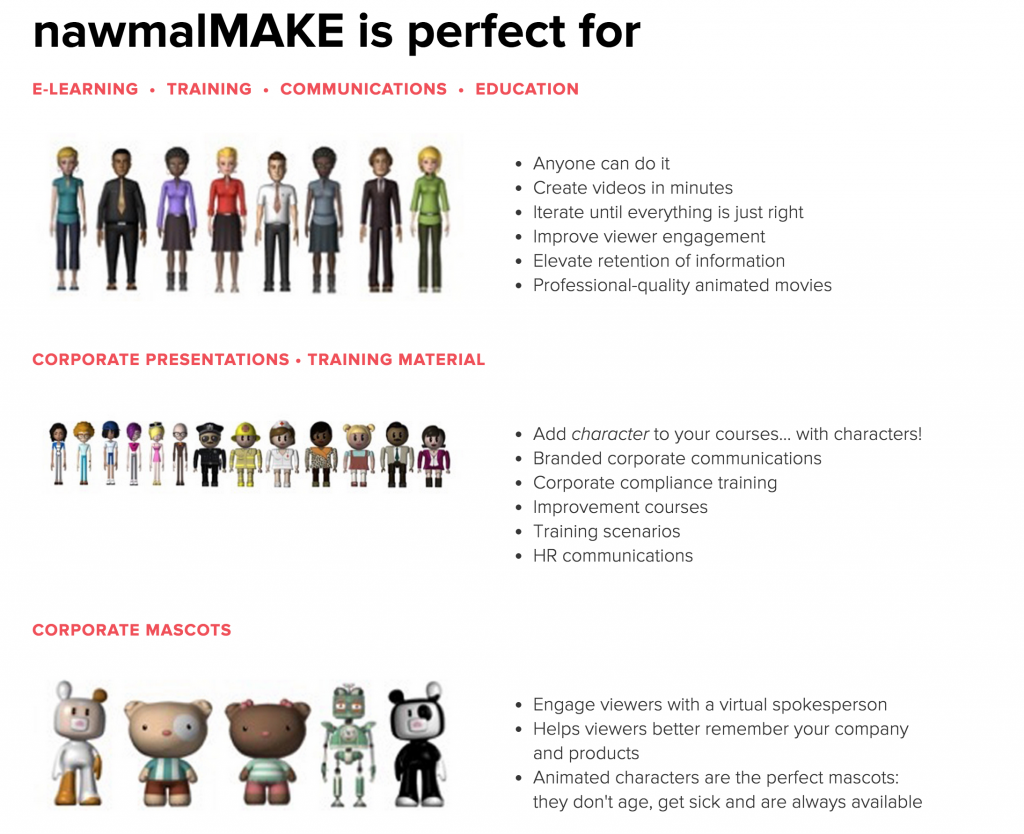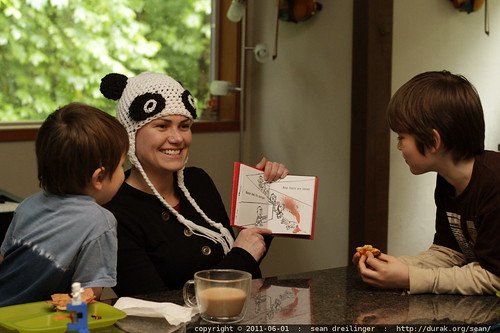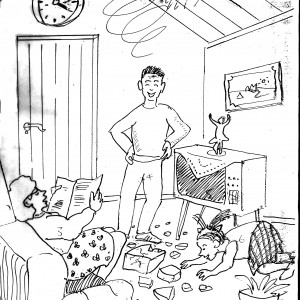Embedding Creative Thinking Skills Training into our EFL Practice
Post Updated with videos downloaded from Upstream
Videos of most of my talk at IATEFL Harrogate 2010
Part A about 22 minutes (conntent of slides 1-7 below is not included)
Part B about 8 minutes
A Summary of my talk
It has been suggested that creativity (or, as it is also termed, divergent production) is not a single unifying ability but is viewed as a composite of intellectual abilities. The four main facets I will be looking at are:
FLUENCY Ability to produce large numbers of ideas
FLEXIBILITY Ability to produce diverse ideas (not the same kind)
ELABORATION Ability to add on to and embellish an already existing idea
ORIGINALITY Ability to produce uncommon, ‘clever’ ideas
Creative thinking, or divergent production, facilitates problem solving, and in a problem solving approach oriented classroom, enhancing creative thinking potential can facilitate discovery learning as well as enhance language production.
This talk outlined the relationship of divergent versus convergent production to specific language activities encouraging one or the other kind.
A range of activities which can develop aspects of creative thinking singly or in combination were suggested; the handout contains a few more which were not covered in the actual presentation.
The four facets listed do not refer specifically to language learning but to any kind of intellectual challenge, language learning being one of them.
Slides
Divergent production activities_Handout and_task
Comment
I would like to add a significant, for me, point, which does not emerge from my slides and handout, but which was made during my talk:
The activities mentioned and listed are intended to be integrated into a regular syllabus, for instance, the ‘unusual uses’ activity could be used when you introduce and practise the infinitive of purpose, or later, when you want to cover time clauses, or the language of re suggestions. The ‘predicaments’ activity can be used as is (..you were seen dancing on the rooftop of your friend’s car in a car park) or with other structures which you might introduce earlier or later, e.g. “Why did you hang your shoes outside your window last night?”
All these activities, however, need to be seen in the context of language practise and learner training.
The synthesis of these individual facets, their combinations and integrations need to be taken to a higher level of application through activities in the higher order level of Bloom’s taxonomy, whether digitally or non-digitally, in holistic activities, collaborative projects, large scale simulations, web quests, authoring of wikis or blogs, creating collaborative stories or similar tasks.
Ambriguous Picture Sources:
- Perfectly timed photos check the one I linked to out as well as this one, perfect for cutting in half!
- Deviant Art
Related blog post:
The Art of Being Creative by Marisa Constantinides, TEFL Matters
The activities presented in my talk at Harrogate were all related to language learning situations, but a few years ago I wrote an article ‘translating’ the basic activity typology into a list which could be useful to teacher educators. Many of these activities form the basis of the training at my centre on a variety of courses, from CELTA to DELTA and beyond.
My main bibliography on the subject of my talk can be found on this other, related post.
Acknowledgement
I am hugely grateful to Graham Stanley who livestreamed my talk on the day and has kept the videos on his account without deleting them for so long! Thank you so much Graham! I actually only now saw that you can download livestreamed talks via Real Player on Firefox (if anyone is interested in saving theirs 🙂 )




This is a terrific powerpoint! An excellent overview of creativity theory (including divergent/convergent thinking and Bloom’s taxonomy) as well as some lively activities for the classroom. I think it makes a very convincing argument for using creativity exercises in the language classroom. It’s too bad I couldn’t make it over to Harrogate.
Oh, Hall, I would have loved you to have been there!!!
Thank you so much for commenting.
It’s a great thrill to read your comment what with all the work you have done on this topic and your most excellent book on Creativity.
Sharing a great presentation from the recent TESOL conference in Chile
CRITICAL, CREATIVE THINKING by Fitzroy Kennedy
http://www.slideshare.net/TESOLChile/cfakepathfitzroy-kennedy-critical-creative-thinking
There are some very useful slides towards the end where he “translates” thinking abilities into possible classroom activities
I recently watched this great talk by Carol Read and am embedding it here